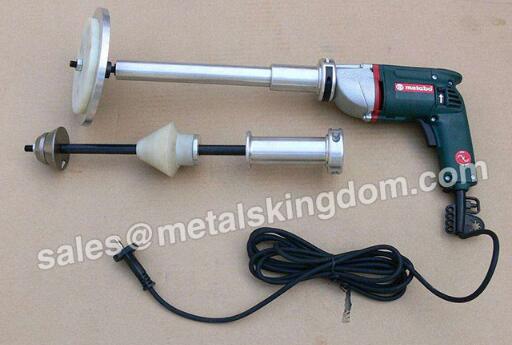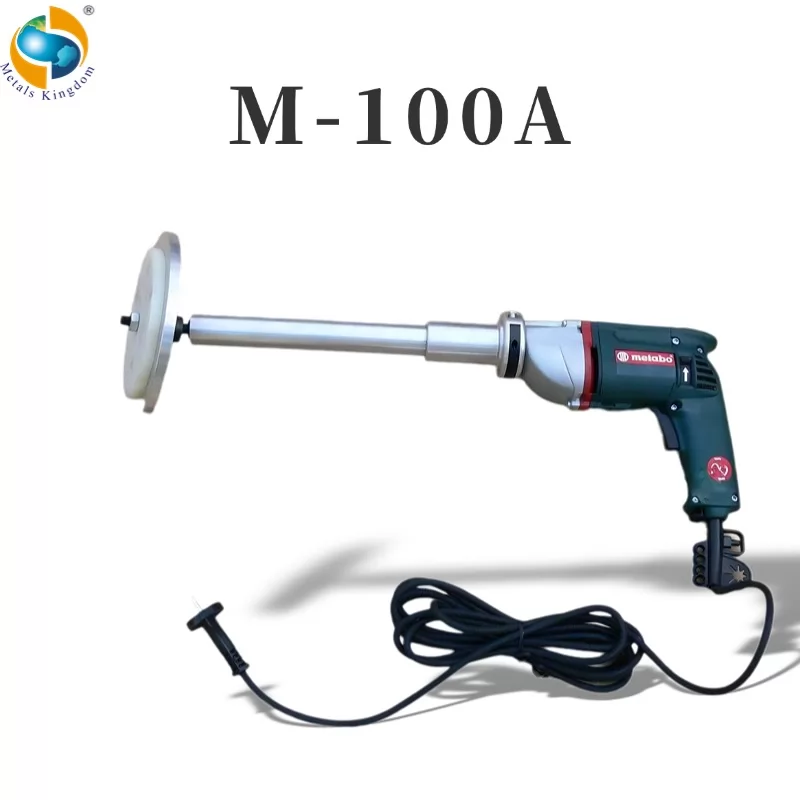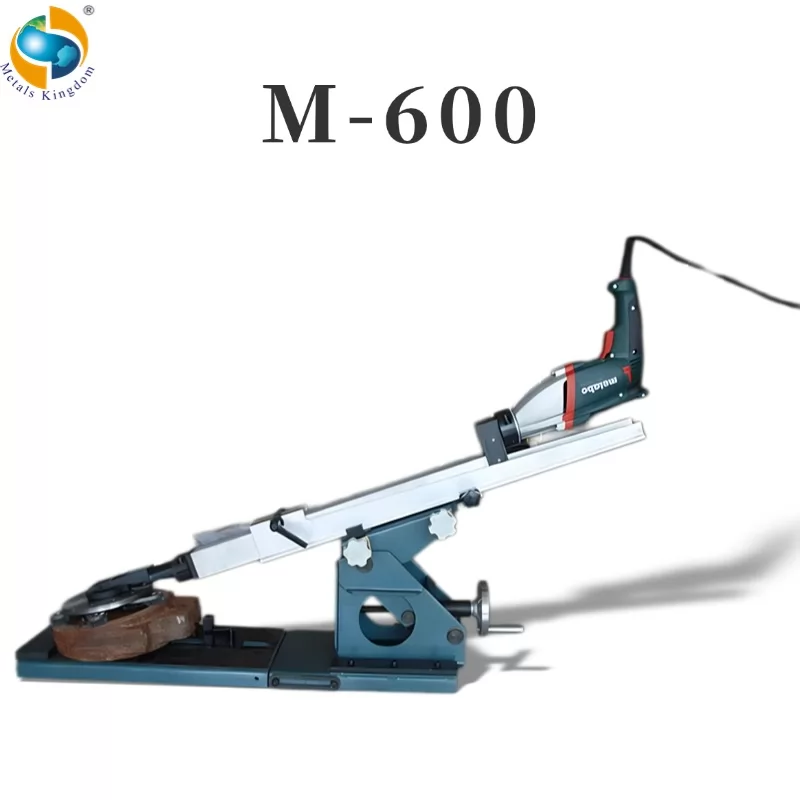Valve grinding is a critical process in engine maintenance, and a valve grinding machine plays a crucial role in correcting various defects that may arise in engine valves. In this article, we explore the common defects addressed by valve grinding and how this process contributes to the overall efficiency of internal combustion engines.

Improper Sealing
One of the primary defects that valve grinding corrects is improper sealing. Over time, the sealing surfaces of engine valves can wear out or develop irregularities, leading to leaks. Valve grinding smoothens and trues up these surfaces, ensuring a proper seal between the valve and its seat. This correction is vital for maintaining optimal compression within the engine cylinders.
Valve Seat Wear
Valve seats are subjected to significant wear due to the constant pounding of valves during engine operation. This wear can result in uneven seating, affecting engine performance. Valve grinding addresses valve seat wear by resurfacing and restoring the seat to its proper shape. This promotes uniform contact between the valve and the seat, enhancing sealing and combustion efficiency.
Carbon Deposits and Buildup
Carbon deposits can accumulate on the valve and seat surfaces over time, hampering their functionality. Valve grinding removes these carbon deposits, preventing issues such as valve sticking and incomplete combustion. Proper grinding ensures that the valves operate smoothly, contributing to cleaner combustion and reduced emissions.
Valve Face Runout
Valve face runout refers to the deviation of the valve face from its true rotation. Excessive runout can lead to uneven wear and reduced sealing effectiveness. Valve grinding corrects face runout by precisely machining the valve face, ensuring it rotates true to its axis. This correction is crucial for maintaining consistent valve performance and longevity.
Valve Stem Wear
Valve stems can experience wear over time, affecting their ability to properly seal and operate within the valve guide. Valve grinding addresses stem wear by restoring the proper surface finish and dimensions. This correction ensures a tight fit within the valve guide, preventing oil leakage and promoting efficient valve movement.
Performance and Efficiency Enhancement
Overall, valve grinding contributes to the enhancement of engine performance and efficiency. By addressing defects and irregularities in valve and seat surfaces, the process ensures that valves operate optimally,
leading to improved combustion, power output, and fuel efficiency. Regular valve grinding is a proactive maintenance practice that extends the life of engine components and reduces the likelihood of costly repairs.
Contact Us
If you are in need of a reliable valve grinding machine or have questions about choosing the right supplier for engine maintenance equipment, don't hesitate to contact us. As a trusted supplier of industrial machinery, we are here to provide guidance and assistance, ensuring you have the tools you need for efficient engine maintenance.












